Eurozone PMI Manufacturing rose from 46.4 to 47.3 in November. PMI Services was unchanged at 48.6. PMI Composite rose from 47.3 to 47.8.
Chris Williamson, Chief Business Economist at S&P Global Market Intelligence said:
“A further fall in business activity in November adds to the chances of the eurozone economy slipping into recession. So far, the data for the fourth quarter are consistent with GDP contracting at a quarterly rate of just over 0.2%.
“However, the November PMI data also bring some tentative good news. In particular, the overall rate of decline has eased compared to October. Most encouragingly, supply constraints are showing signs of easing, with supplier performance even improving in the region’s manufacturing heartland of Germany. Warm weather has also allayed some of the fears over energy shortages in the winter months.
“Price pressures, the recent surge of which has prompted further policy tightening from the ECB, are also now showing signs of cooling, most noticeably in the manufacturing sector. Not only should this help contain the cost of living crisis to some extent, but the brighter inflation outlook should take some pressure off the need for further aggressive policy tightening.
“However, it’s clear that manufacturing remains in a worryingly severe downturn, and service sector activity is also still under intense pressure, both largely as a result of the cost of living crisis and recent tightening of financial conditions. A recession therefore looks likely, though the latest data provide hope that the scale of the downturn may not be as severe as previously feared.”
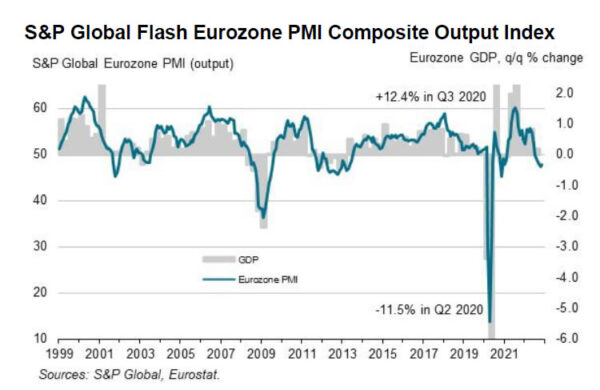
Full release here.




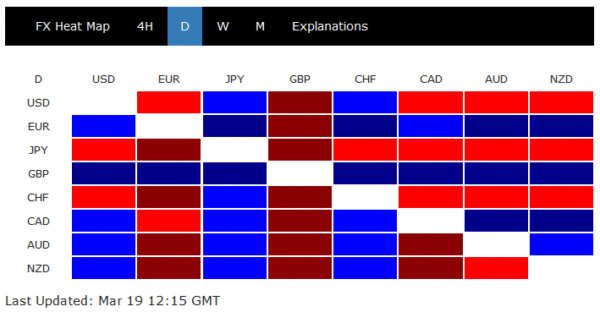
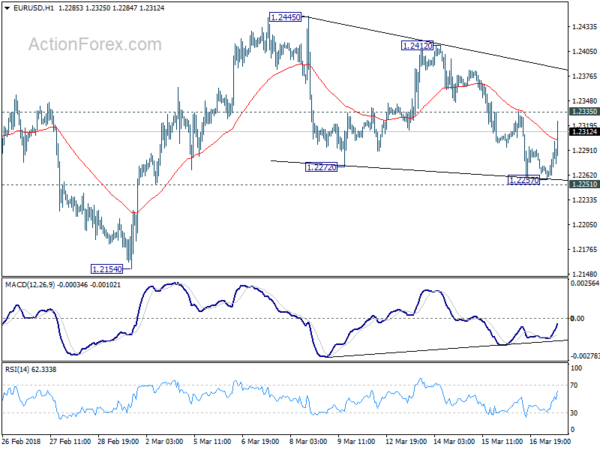
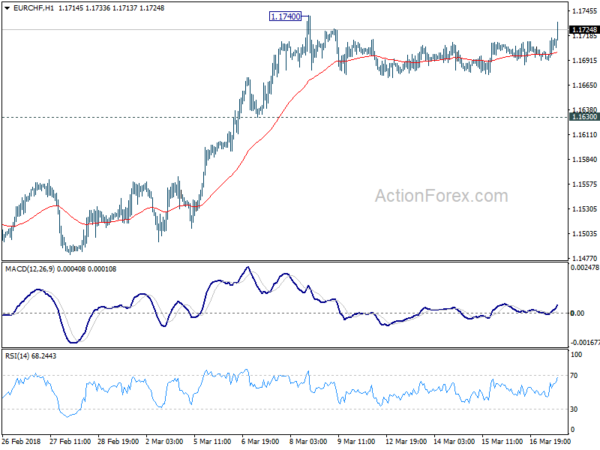
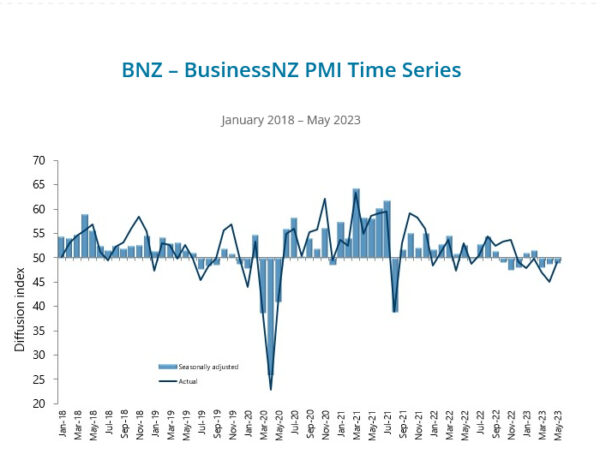
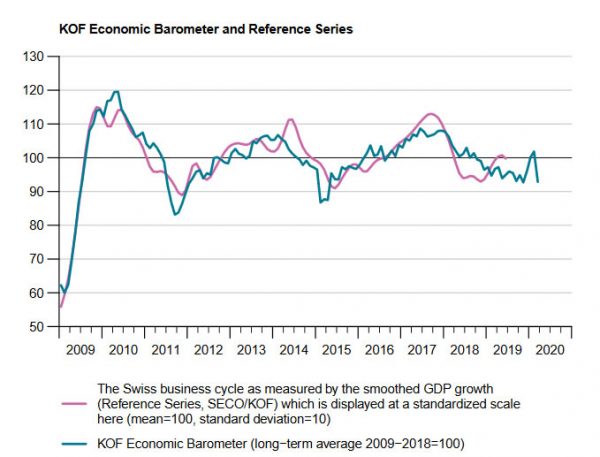
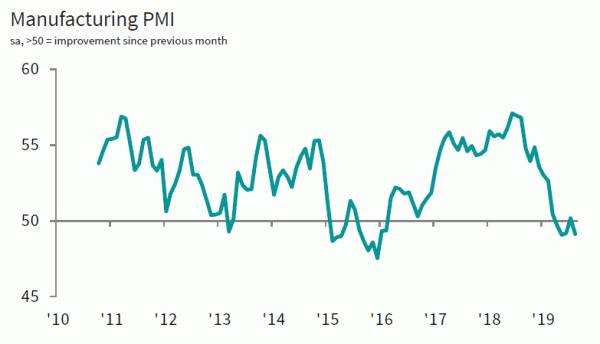
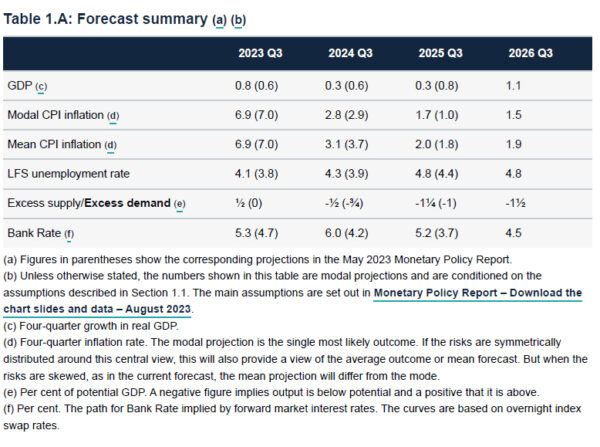
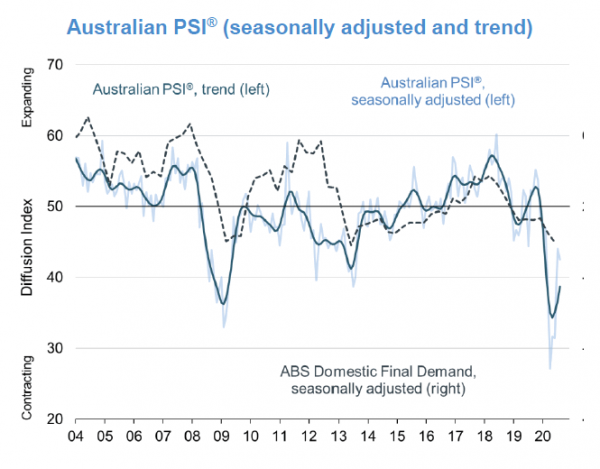
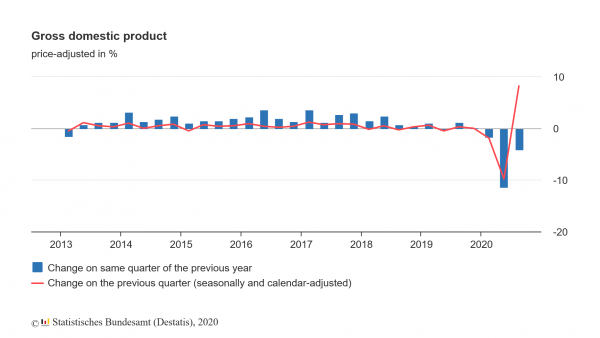

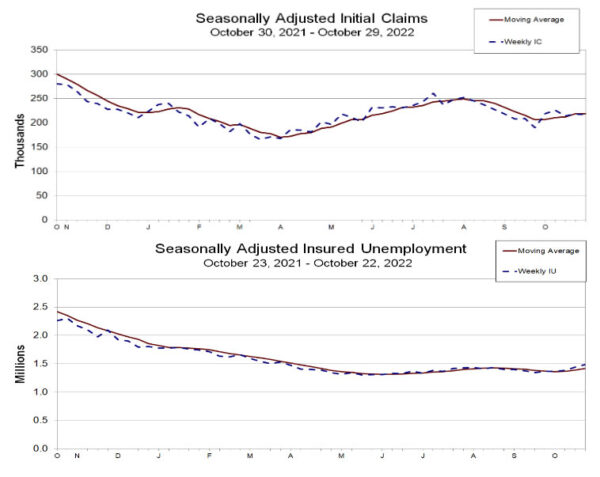
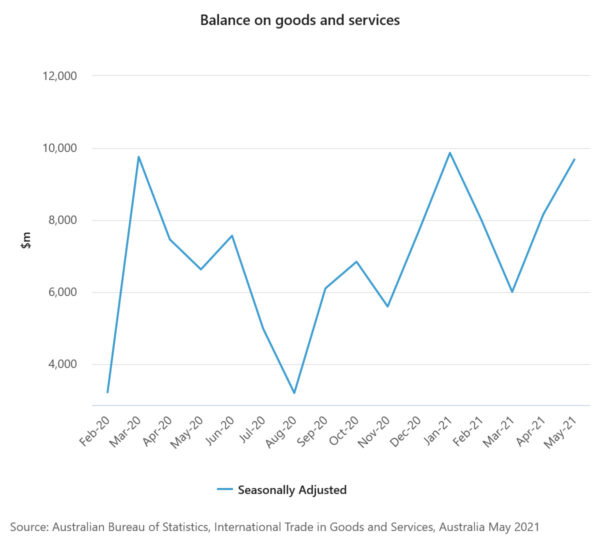

ECB Lagarde expects continued strong growth in H2
In the hearing of the Committee on Economic and Monetary Affairs of the European Parliament, ECB President Christine Lagarde said, ” it is evident that the economic recovery in the euro area is increasingly advanced”. Policymakers expected “continued strong growth” in H2, “enabling euro area output to exceed its pre-pandemic level by the end of the year”. GDP growth is forecast to reach 5.0% in 2021, then 4.6% in 2022, and 2.21% in 2023. Risks to growth are “broadly balanced”.
Eurozone inflation, at 3% in August, is expected to “rise further this autumn”. But Lagarde reiterated, “we continue to view this upswing as largely temporary”. ECB’s projections foresee annual inflation at 2.2% in 2021, 1.7% in 2022, and 1.5% in 2023. There are factors that could lead to stronger price pressures than expected, inflation shortages of materials and equipment, and higher than anticipated wage demands. She said, “but we are seeing limited signs of this risk so far, which means that our baseline scenario continues to foresee inflation remaining below our target over the medium term.
Full remarks here.